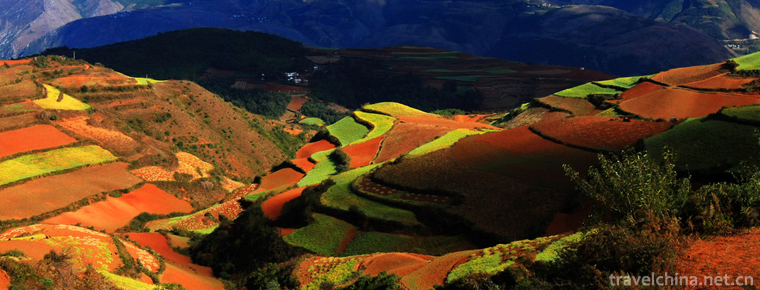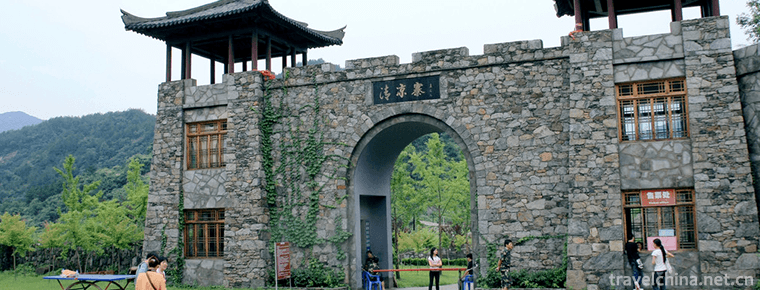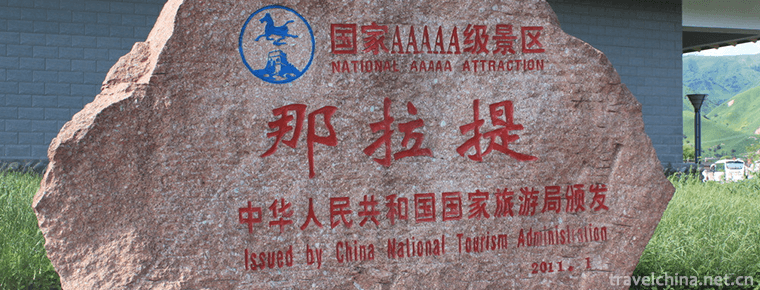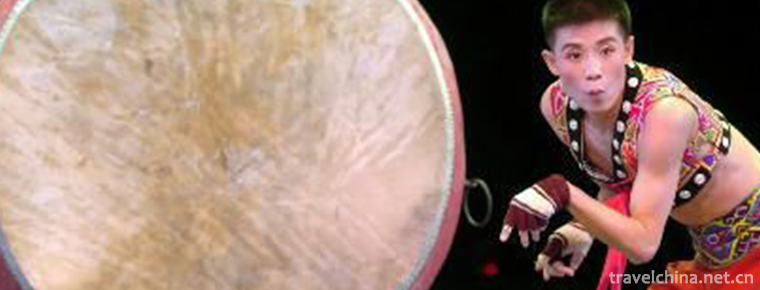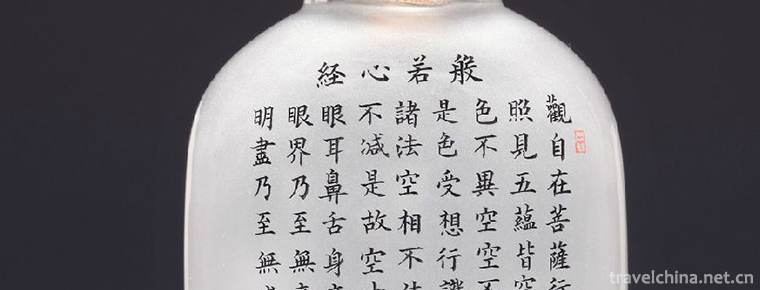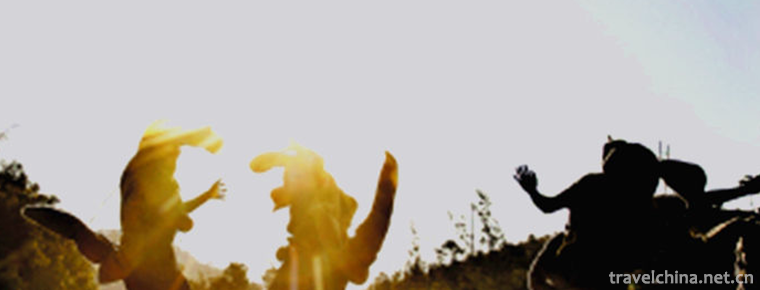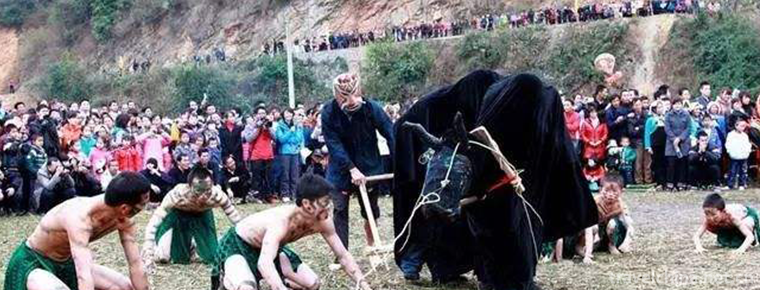Tauk Taohu
Tauk Taohu
Tao Ketaohu (May 13, 1864-April 1922), also translated as "Tao Ketao", Fuer Zhijin, Mongolian, the former Banner of Guoerros in Zhelimu League, Mongolian subordinate aristocrat of Nezhazazakh, one of the main leaders of Mongolian rebellion against Qing reclamation in the late Qing Dynasty, is known as "the hero of fortitude". Folk artists compiled the same name rap folk literature according to their true story, which was selected as the third batch of national intangible cultural heritage catalogue in China in 2011.
Family background
Tao Ketaohu was born in the home of a milligram Taiji (the last noble, commonly known as Poor Taiji) in the front banner of Goros, Zhelimu League. His immediate ancestor was Habtu Hasal, the second brother of Genghis Khan, whose father was named En and Bilig, and his mother was named Bayingga, whose family lived on farming.
Tao Ketaohu was smart, brave and knowledgeable when he was young, and had the ambition of a newborn calf not afraid of tigers. When he was eighteen years old, Nutuk in Tahu City set up a military association organization for the purpose of joint defense of villagers. The masses elected Tauk Taohu as the head of the military association. After serving as the head of the military association, Tao Ketaohu led the conscripts. In addition to the injustice in the world, he saved his fellow countrymen from floods and fires and did many good deeds in the countryside. The people all respected him as "Master Tao".
Uprising
Reasons for Resistance
Since the reign of Qianlong, there has been a constant flow of inland bankruptcy refugees to choose land for farming in the Mongolian area outside Guanwai. Although the Qing Dynasty strictly prohibited such acts, the princes at all levels in Mongolia ignored the Qing Dynasty's prohibition to cultivate Banner Land and recruit refugees for planting, considering that they could increase land rent and banner salary by absorbing refugees. During the period of Jiaqing, the phenomenon of mixed Mongolian and Han residents in Zhelimu League became more and more serious. At the same time, several flags, including the former flag of Golros, also sent additional factions to the subordinate people for repaying the debt owed to the court. This series of policies to reduce the living space of the local Mongolian people caused widespread discontent .
Since the autumn of 1905, the former flag of Goros, who served as the leader of the Zhelimu League, the Prince of Zazakhov, Zimmer, decided to reclaim the flag land again in large quantities. In the process of reclamation, the strong resistance of Mongolian people was aroused. Officials of the Qing Dynasty Reclamation Bureau even used force to force the people to compromise. The same is true of the villages in which Tao Ketaohu lives. So the people of his hometown elected Tao Ketaohu as the representative, petitioned Qigong (that is, Mupile with Zimmer characteristics) and stopped planting flag land. After promising, Tao Ketaohu came to the government, but was strongly refused by the officials in the banner. Before he saw Qi Gong, he was taken down by the government and beaten fifty sticks and then expelled from the government.
After returning home, Tao Ketaohu called his relatives and friends to plan an armed uprising. In the early morning of September 23, 1906, Tao Ketaohu led his three sons Deligar, Naima, Nutketu, his relatives Naidan Zabu, Hada, Zamusu and Fusang, and his righteous friends Sajirahu, Nashumbatu and Erdenidalai, who officially took the oath of uprising . He then attacked the Erlongsso Crop Reclamation Bureau and seized more than 20 guns. At 11 o'clock that evening, he raided Maolin Station, captured and executed 12 Japanese surveying and mapping personnel and the Qing soldiers responsible for security work, and collected a large number of guns, ammunition and military uniforms. Later, they quickly concealed themselves in the sparsely populated areas of Anglai and Dalhan to watch the Qing army's movements and wait for the opportunity to fight again.
In addition to Taoktaohu, there were also anti-Qing anti-reclamation armed forces in Mongolia during the same period, such as Baiyintuosi, Baiyin Dalai, Zalaite, Yashi, the right front flag of Horqin and Danpir, the left front flag of Ordos. They echoed each other from afar or joined forces to fight against the encirclement and suppression of the Qing army.
Guerrilla counter-suppression
In June 1907, Xu Shichang, who had just taken office as governor of the three eastern provinces, began to encircle and suppress the Mongolian armed forces active in the northwest of Fengtian, such as Taok Taohu. Bai Yintusi, one of the leaders of the uprising, was captured and killed by the Qing army, and the rest went to Taoktaohu. At this time, Tao Ketaohu mainly took part in activities in Dalai Hall, Nong'an and Changchun . On September 4 of the same year, Tao Ketaohu attacked Kaitong County, Shengjing, killing one, capturing six Japanese surveyors and mapping personnel, and seizing a number of weapons. He also attacked Japanese surveyors, Qing officials and businessmen in the area of Taonan Prefecture.
Later, Tao Ketaohu was stationed in a brewery called Delong in Liquan Town. The workshop's shop yard is surrounded by a solid earth wall, suitable for defense. At this time, Baiyin Dalai, who had just been defeated by Feng Delin of the Qing Army, came to Liquan Town to join Tao Ke Taohu, and the forces recovered slightly . Soon they were besieged by Zhang Zuolin of the Qing Army. Tauk Taohu and Bai Yin Dalai resisted the attack of the Qing Army by virtue of solid earthwork and geographical advantages, and both sides remained deadlocked until night. Zhang Zuolin took the lead in attacking the army, but he still couldn't overcome it. Finally, Zhang Zuolin selected several members of the death squad from the soldiers, climbed the escalator and fired with volleyball guns. Only Tao and Bai could not resist breaking through . The Qing army lost more than 700 casualties in this battle.
After Tao and Bai led their troops to break out of Liquan Town, Zhang Zuolin continued to pursue. Tao and Bai Sui withdrew to Mount Soren and separated their forces into Jingxing Town, which served as two corners for each other. At the beginning of 1908, Zhang Zuolin led his troops into the mountains to fight, and Tao Ke Taohu commanded the troops to block them by card. Under the cannon bombardment of the Qing army, the anti-reclamation armed forces were finally unable to resist. With the help of the Mongolian people along the way, Tao Ketaohu changed horses and rode to break through the encirclement. But Baiyin Dalai, Yashi and others were caught in this battle by Zhang Zhisheng . This is a heavy blow to Mongolian anti-reclamation forces.
Defeat Russia
After breaking out from Mount Soren, Taoktaohu turned to Horqin right front, rear and Zalaite banners. Because of his mass base in these areas, Tao Ketaohu's anti-Qing activities continued. In the autumn of 1908, Taoktaohu wandered back to Mount Soren, and then came to the north of the Zhelimu League to harass the Qing army. In March of the following year, Xu Shichang joined forces with Mongolian princes and forbade the local people to report to Tao Ketaohu, which left him nowhere to stand and was chased 800 Li by Zhang Zuolin's headquarters. Finally, Tao Ketaohu fled northward through the Khan Ministry of Chechnya, Outer Mongolia, and fled into Czarist Russia before finally getting rid of the pursuers.
Ending
In 1911, Zhebuzundan Bahutuktu declared that Outer Mongolia was separated from the Qing Dynasty and called "Bokda Khan" to establish Greater Mongolia. Tao Ketao Hu Wenxun came to Kulun from Tsarist Russia. In 1922, Tao Ketaohu's disease died in Cullen at the age of 58. Subsequently, people living in Mongolia have visited China to find relatives and worship their ancestors .
evaluate
Tao Ketaohu is a "national hero" who stands in the interests of the Mongolian people and resists the oppression of power and protects the Mongolian land.
Influence
The Taoktaohu Uprising had a great influence on the Mongolians. Gadamelin, another leader of the Mongolian Anti-reclamation Uprising in the Republic of China, was inspired by Taoktaohu's deeds. In addition, the Mongolian people also created the Mongolian heroic narrative poem "Tao Ke Tao Hu" based on the story of Tao Ke Tao Hu, which is second only to another heroic narrative poem "Gadamelin", and is still sung by many Mongolians.

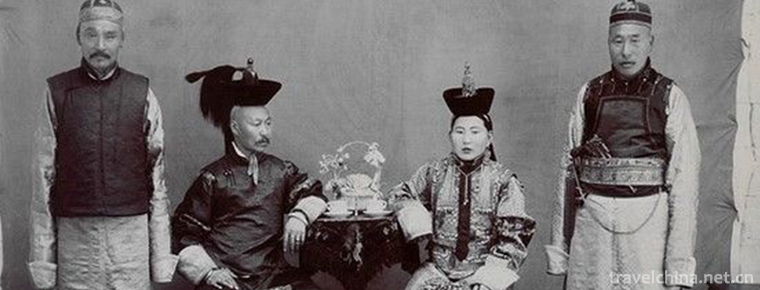
-
Dongchuan Red Land Scenic Area
"Dongchuan Red Earth" is located in the north-east direction of Kunming.
Views: 155 Time 2018-10-21 -
Huangpi Mulan Cultural Ecotourism Area
Wuhan Huangpi Mulan Cultural Eco-tourism Area is located in Huangpi District, Wuhan City, Hubei Province, including Mulan Mountain, Mulan Tianchi, Mulan Grassland.
Views: 218 Time 2018-12-12 -
Narati Scenic Spot
Narati Tourist Scenic Area, located in Xinyuan County, Xinjiang, is located in the hinterland of Tianshan Mountains, the eastern end of the Ili Valley.
Views: 120 Time 2018-12-12 -
White Horse Temple Baima Temple
Baima Temple is located in Baima Temple Town, Luolong District, 12 kilometers east of the old city of Luoyang City, Henan Province. Founded in the eleventh year of Yongping in the Eastern Han Dynasty .
Views: 179 Time 2019-01-02 -
Folk dance
Generally speaking, it refers to the form of dance which is produced and spread among the people, restricted by folk culture, improvised performance but relatively stable in style, and with self-enter.
Views: 231 Time 2019-06-05 -
a bottle with painted designs
Internal painting is a unique traditional craft in China. It originated from snuff bottle painting. The interior painting method is a special deformed fine brush, in glass/crystal, amber and other mat.
Views: 141 Time 2019-06-07 -
Tiger Sheng of Yi Nationality
Tiger Sheng of Yi nationality is a magical traditional dance of Yi nationality. The Yi people worship tigers and take tigers as totems. It has been said since ancient times that tigers are the people .
Views: 171 Time 2019-07-12 -
Add another festival beside the word ants of the Zhuang nationality
The Zhuangs Ant Festival (insect word plus another) is mainly prevalent in the Hongshui River Basin in the northwest of Guangxi Zhuang Autonomous Region. It is named "Ant (insect word plus anothe.
Views: 178 Time 2019-08-16 -
Ancient plank road of Mingyue Gorge
Mingyuexia ancient plank road is located at the mouth of Jialing River Valley, Chaotian District, Guangyuan City. It is the starting point of national Jianmen Shu Road scenic tourism line, and is a provincial key cultural relics protection unit..
Views: 393 Time 2020-11-08 -
Mianyang scenic spots
Mianyang City is a famous historical and cultural city in Sichuan Province, the main node of the dajiuzhai international tourism circle and the Three Kingdoms Shu Road culture international tourism line. It has a 5A level scenic area of "Beichuan Qiang city tourism area".
Views: 69 Time 2020-12-14 -
Plant resources in Meishan
There are 2278 species of wild plants belonging to 861 genera and 229 families in Meishan City, including 149 species of bryophytes belonging to 71 genera and 48 families, 155 species of ferns belonging to 73 genera and 36 families, 20 species of gymnosperms.
Views: 360 Time 2020-12-18

